Thermal imaging has proven to be a powerful tool in various industries, capable of detecting thermal signatures and temperature changes that are invisible to the naked eye. As drone technology advances, thermal drones have become valuable assets in a wide range of industrial applications. In this article, we’ll explore the use of thermal drones in industry, highlighting their advantages and how they can unlock new possibilities for businesses.
Search and rescue
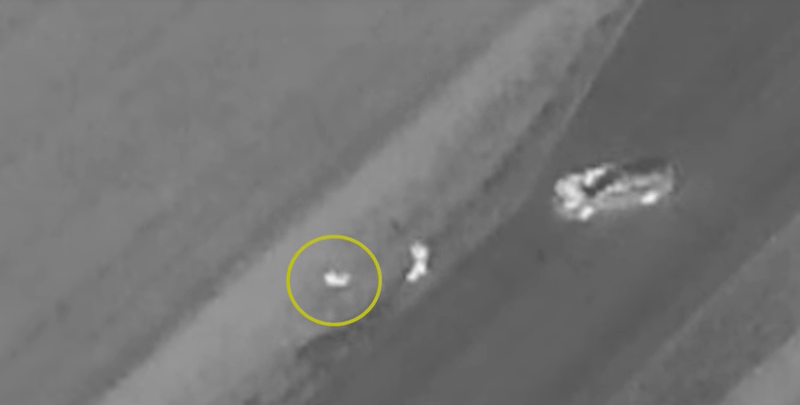
Traversing dense forest or snowy terrain to find a lost hiker can be daunting. However, with a thermal drone camera, the task becomes quite simple. Search teams can now identify heat signatures at great distances, greatly improving their chances of finding a missing person quickly.
Agriculture

Farmers can use these drones to monitor irrigation needs, detecting which areas need water before crops start to wilt. Even with pest detection, drones can pinpoint areas where pests generate heat changes due to their activity, saving crops from potential damage.
Electrical inspection
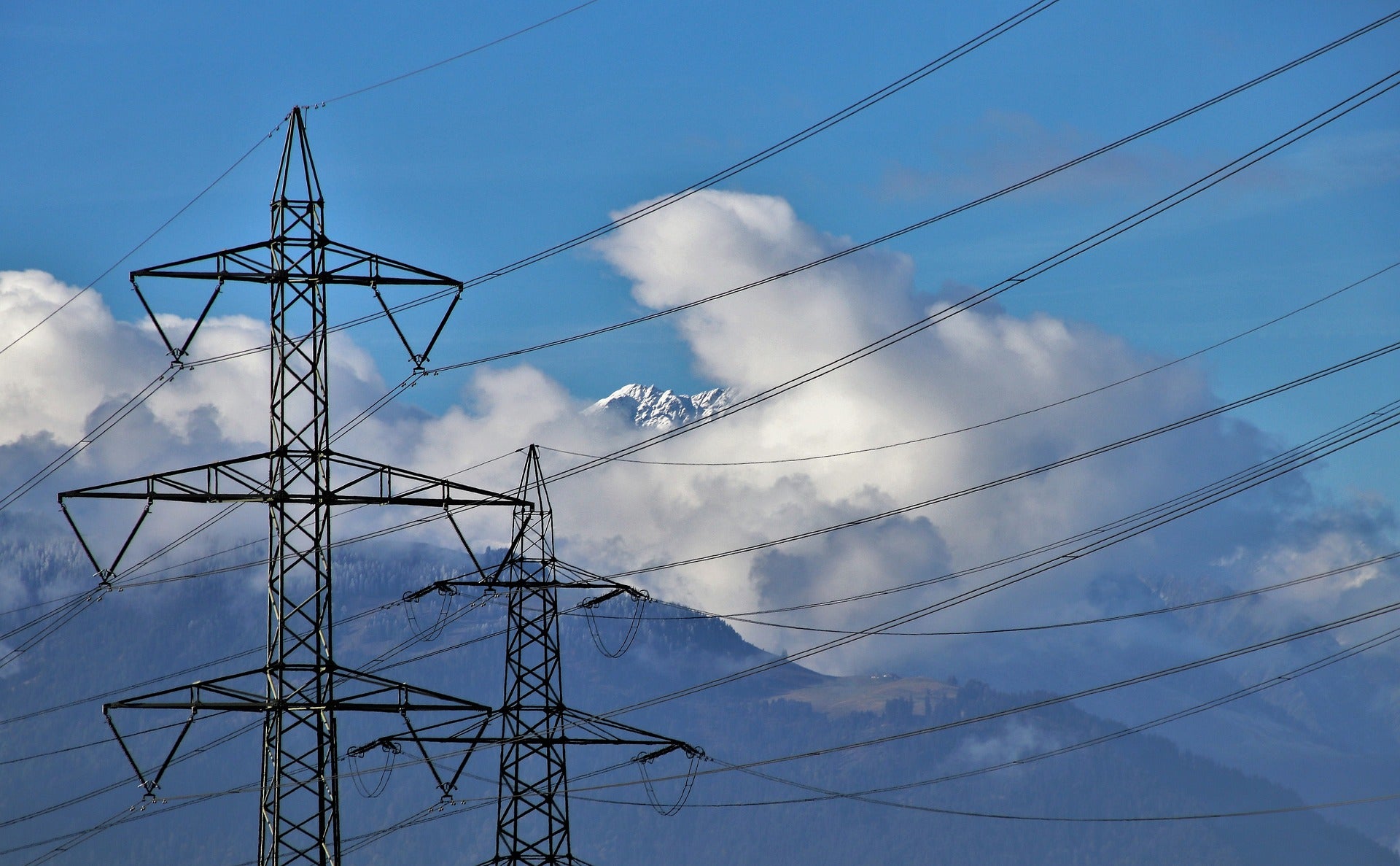
In addition to detecting overheating components, drones equipped with thermal cameras can pinpoint areas prone to wear and tear, predict maintenance needs and monitor vast power grids. For example, during severe winter conditions, ice can accumulate on power lines, causing them to sag and potentially break.
Building inspection
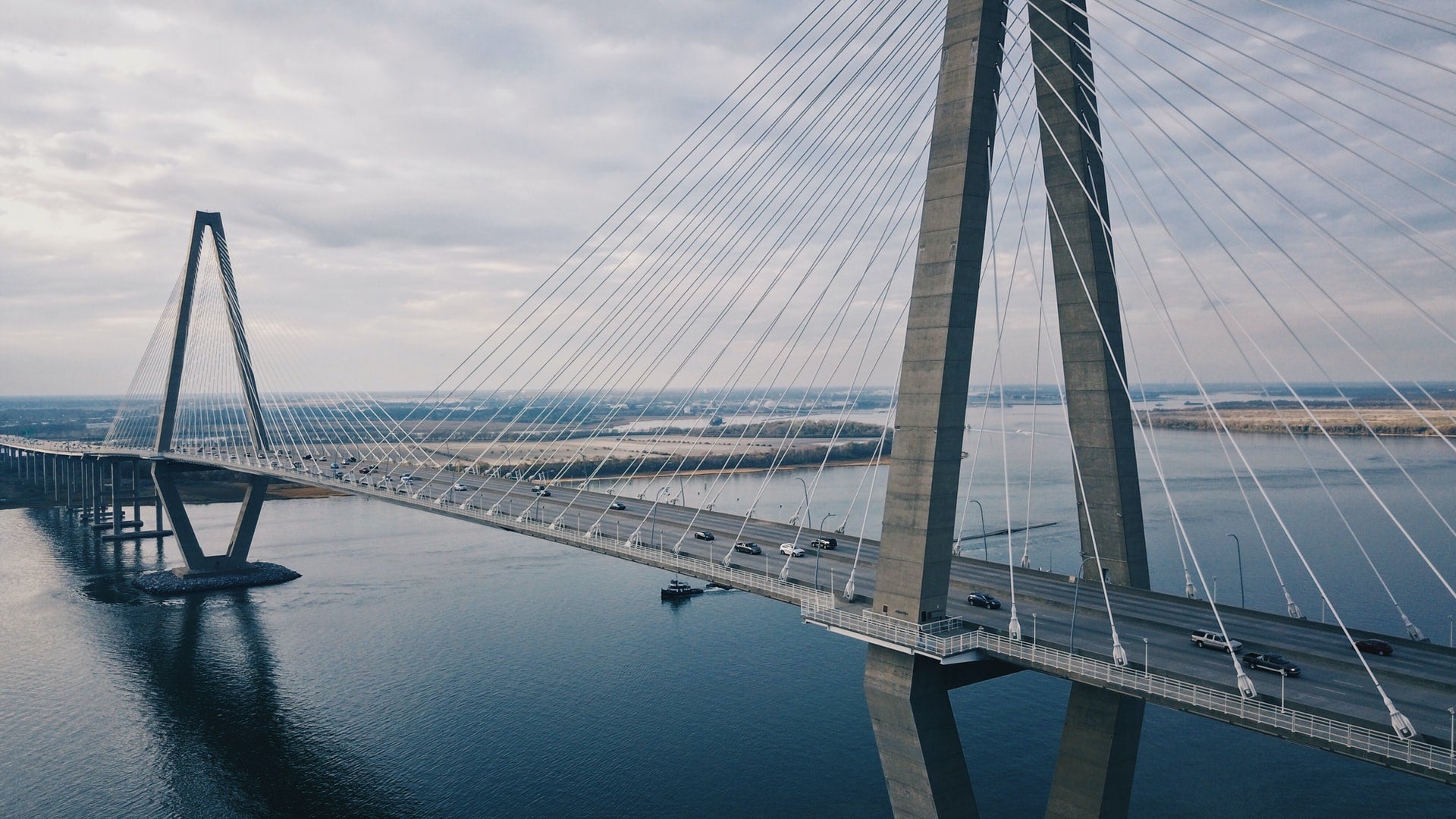
Planning to buy a property? Thermal drones can be used for inspections before closing a deal, highlighting insulation issues, potential leaks or structural issues - all from a bird's eye view! These applications are more than just pre-purchase evaluations.
Firefighting
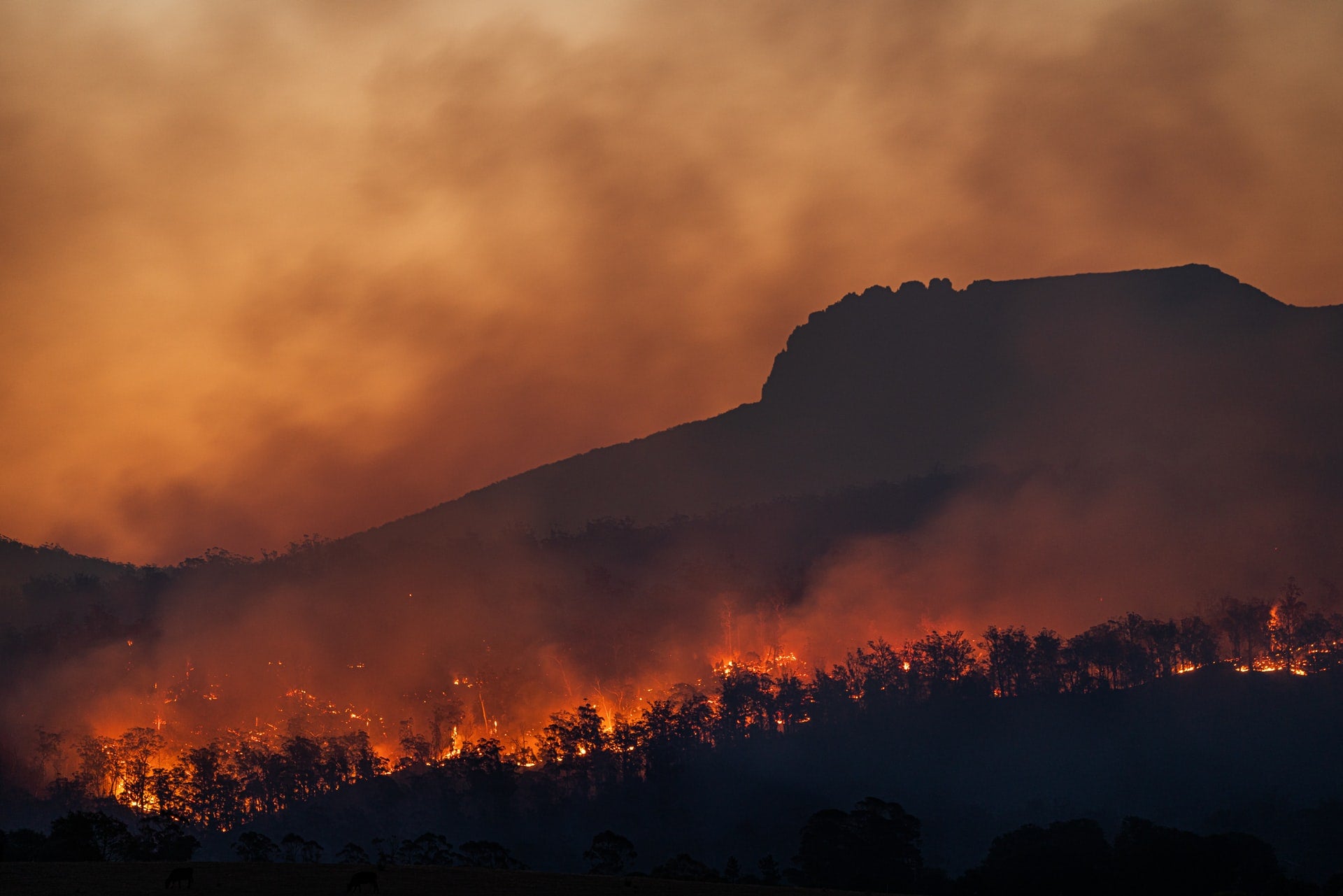
When wildfires rage, assessing their size and direction can save lives. For example, fire departments equipped with Autel thermal drones can obtain real-time data to help with strategic planning. Additionally, in urban fire scenarios, these drones are critical for locating trapped persons using thermal signatures.
Law enforcement

Chasing suspects at night or in challenging terrain often puts police officers at a disadvantage. However, with the help of Airborne Thermal Assistant, that changes. Police can now track suspects from above, ensuring safety and increasing their chances of making an arrest.
Environmental monitoring
Thermal imaging drones can be used to monitor plant health, especially in forested areas. For example, in areas affected by pests or diseases, affected trees often exhibit different thermal signatures before obvious symptoms appear. This early detection can help control the spread.
Solar farm
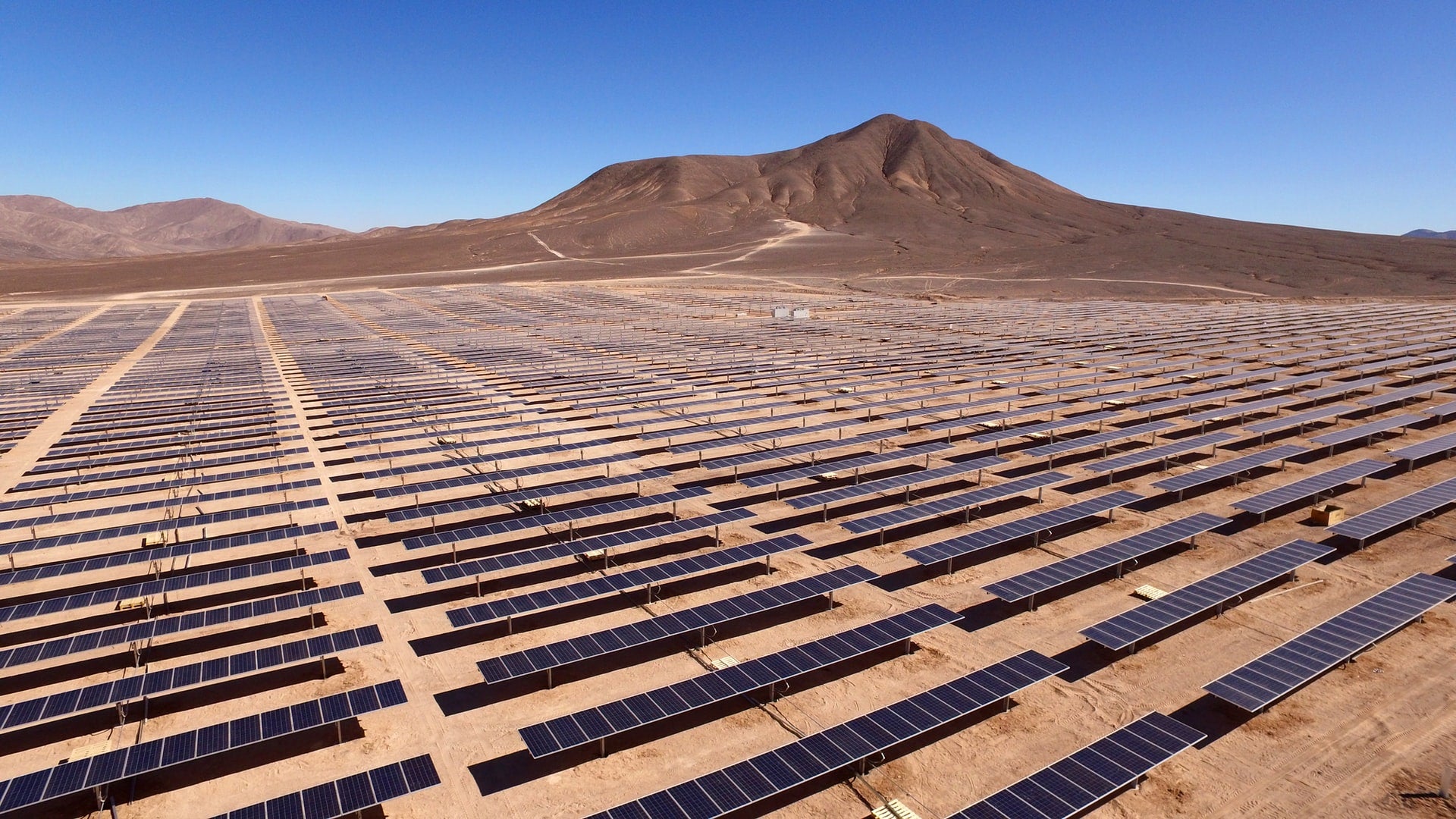
Given the growing shift towards renewable energy, solar farms are becoming increasingly widespread. Not only can these drones quickly scan thousands of panels in a short period of time, they can also provide data analysis of performance trends. For example, dirt, debris, or bird droppings can reduce the efficiency of solar panels.
Oil and gas
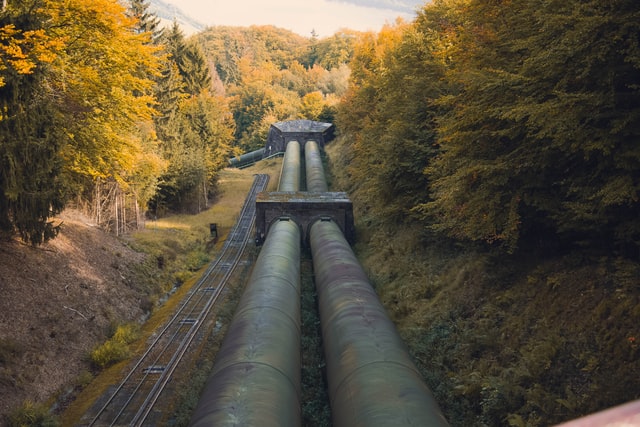
In the critical oil and gas sector, early detection of problems can prevent catastrophic consequences. Imagine spotting a tiny leak in a remote pipe with a drone’s thermal imaging camera before it escalates into a serious environmental crisis – that’s exactly what these drones provide.
Wildlife research and conservation
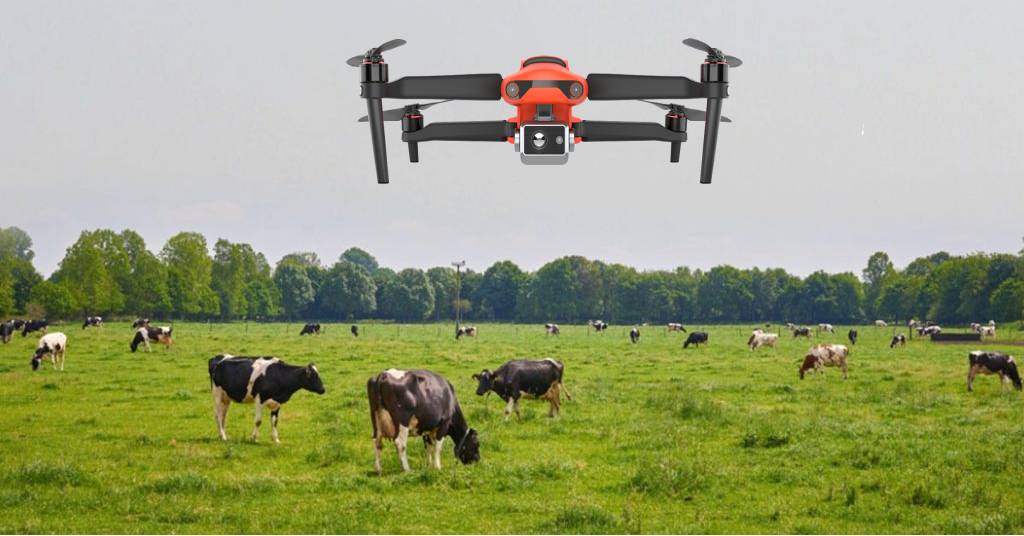
Protecting the planet's precious wildlife often requires understanding their behavior, especially at night. With the help of drones equipped with thermal imaging technology, scientists can track the movements of nocturnal animals, helping to study and protect endangered species.
In conclusion
Thermal drones are opening up new possibilities across industries, providing valuable insights and increasing operational efficiency.
From building inspections and equipment monitoring to solar panel inspections and power line inspections, thermal drones enable businesses to detect problems early, reduce downtime and improve safety. In agriculture, thermal imaging drones optimize crop management by identifying stress or disease in crops. In firefighting and public safety, these drones can enhance situational awareness and provide assistance in search and rescue operations. Finally, in environmental monitoring, thermal drones can help understand and protect our natural ecosystems.
As drone technology continues to advance, we can expect more innovative applications of thermal imaging in industry, further revolutionizing the way businesses operate and make informed decisions. The power of thermal drones is undeniable, and their integration into various industries is changing operations, increasing efficiency and improving safety.
Related More:








